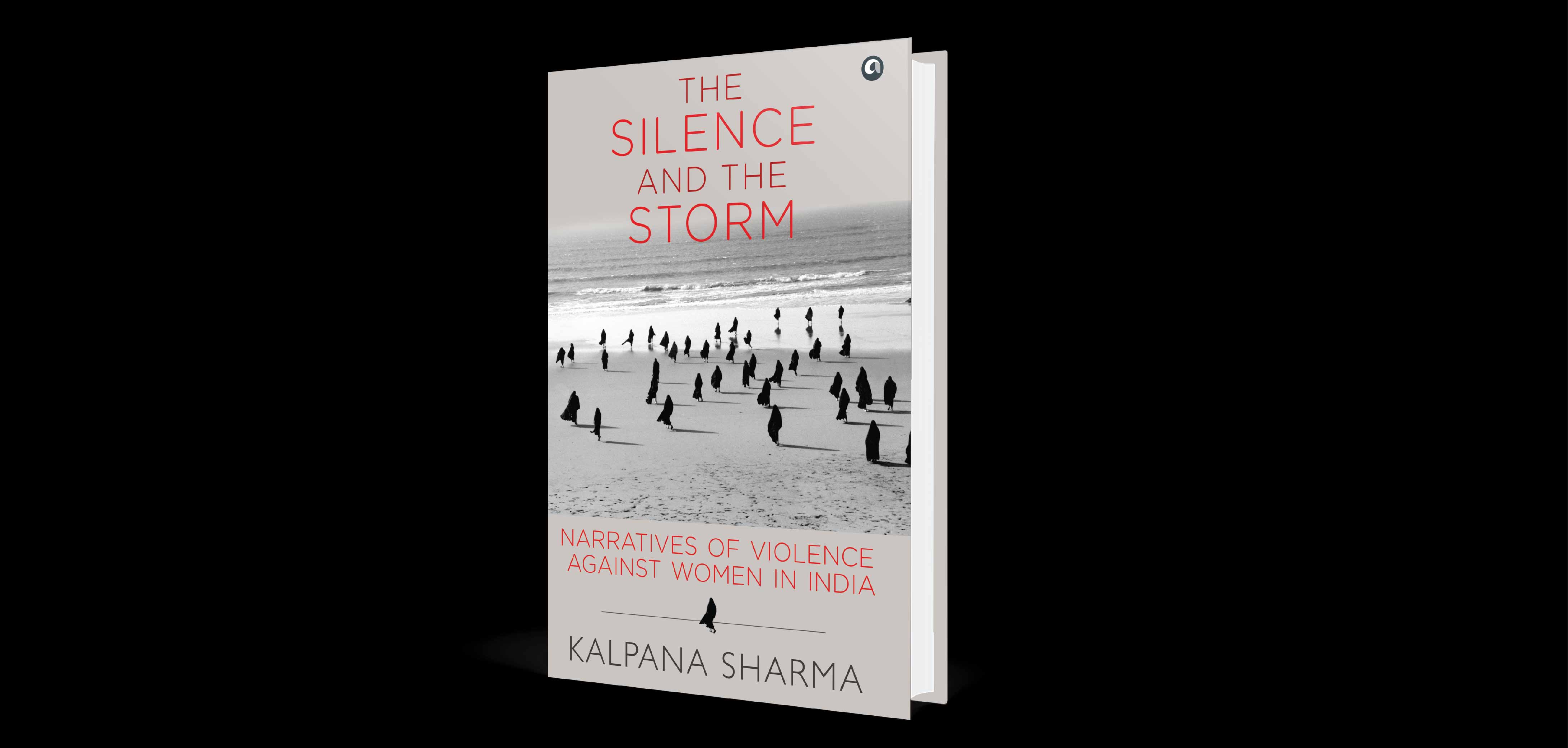From the rape of Mathura, a young tribal girl, by two policemen in Desaiganj, Maharashtra, in 1972, to the brutal sexual assault and murder of an eight-year-old girl in Kathua, Kashmir, in 2018, the narrative around violence against women in India has barely changed. While laws have been reformed, societal structures that perpetuate and even justify this violence have remained the same over the decades.
Kalpana Sharma, who has written on gender issues for over thirty years, goes deep into the subject in The Silence and the Storm. She argues that violence against women is not restricted to sexual assault, rape, domestic violence and child sexual abuse. What of the violence that developmental policy and environmental destruction wreaks on women—on their health, on their workload, on their mobility? Poor women lose their lands, their livelihoods and access to common resources like forests and rivers. Their daily lives, already burdened, become close to unbearable. There is also the violence in which women are often collateral damage.
She elaborates on the narrative around gender violence, the feminist movement in India, and the failure of the criminal justice system to protect women.
What are the gaps in the current narrative around violence against women in India?
There are several. The first, as I have argued in the book, is to how the heinous attacks on women in the public sphere, and that catch the attention of the media, are considered the most prevalent forms of violence against women. In fact, these assaults, such as the recent one in Hyderabad where a 26-year-old veterinarian was raped and killed, represent only around 10 percent of crimes against women. The overwhelming majority are assaults in the home, in the neighbourhood, by men known to the women. These fail to be noted. As a result, the public space is viewed as full of danger for women without acknowledging that in the private, so-called “safe” spaces, women are confronted every day with violence.
Additionally, we also constantly fail to recognise the assault on women’s lives when developmental policies, such as providing water, or sanitation, fail them. The everyday tasks, such as collecting fuel or fetching water, expose ordinary, poor women to violence, as does the absence of sanitation.
How do laws fail the survivors/victims in our country, what change is needed?
It is the criminal justice system that fails survivors of sexual violence. We should acknowledge that six years after the laws relating to rape were changed in 2013, after the outcry that followed the gang rape of a young woman in Delhi in December 2012, there is little that has changed. Stringent laws do not guarantee justice. A functioning, and fair, criminal justice system does. And India still does not have that. From the moment a woman turns to the police for help, she faces hurdles, she is not believed, she is humiliated, she is intimidated. As a result, most women, especially the poor and marginalised, give up at the starting point. This is where change is urgently needed. Instead of falling in line with the emotional demands for summary justice each time there is a horrific rape, our leaders need to address the broken criminal justice system.
#MeToo – and its relevance in shaping the discourse of current feminist movements.
The #MeToo revelations on social media in 2018 were essential to bring out in the open another form of violence that women experience, especially in the workplace, but have been afraid to address. This is sexual harassment. Thanks to the flood of stories that emerged, no one can deny the existence of sexual harassment, or the fact that powerful men escape scrutiny while women usually pay the price. There is a law dealing with sexual harassment. But as in the case of sexual assaults and rapes, it has not been implemented. The legal process of dealing with sexual harassment is even more difficult sometimes that in the case of sexual assault because it is virtually impossible to produce tangible evidence. It is the woman’s word against the man, or men, she has accused. We need to find ways to strengthen the implementation of the law, as it exists, and strengthen it if needed.
Feminists movements in India can use this moment to draw in women of all classes and castes. The women who work in low-paid jobs without any kind of job security are much more vulnerable to sexual harassment. They are not in a position to challenge their tormentors. As in the 1980s, women’s movements need to form solidarities so that such women find the courage to seek help.
Get the book here: https://amzn.to/2WNt1lG
